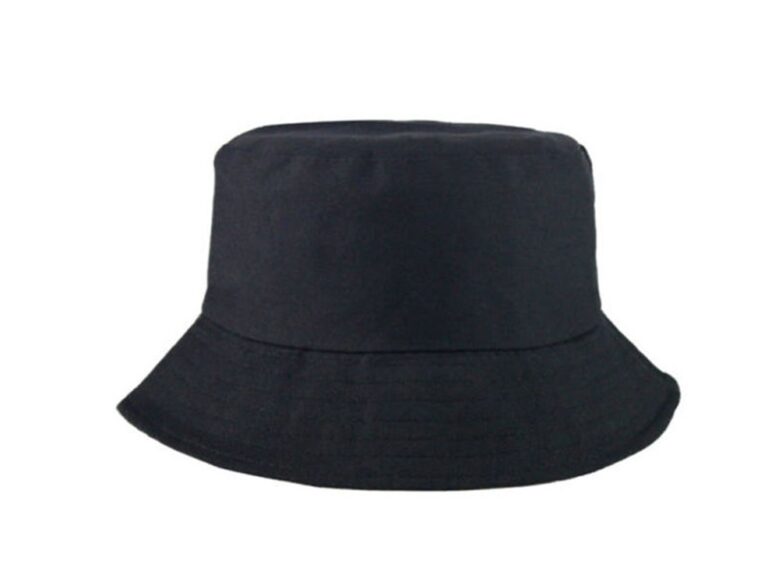Introduction:
Fashion has a remarkable ability to reinvent itself, with trends coming and going like the seasons. Yet, among the ever-changing landscape of styles and accessories, one item has managed to stand the test of time and emerge as a true icon—the bucket hat. Originally a functional accessory worn by fishermen and soldiers, the bucket hat has evolved into a versatile and timeless fashion statement that continues to capture the imagination of style enthusiasts worldwide.
Historical Roots:
The origins of the bucket hat can be traced back to the early 1900s, when it was first introduced as a practical and utilitarian accessory for outdoor activities. The hat’s wide, downward-sloping brim provided ample shade, making it an ideal choice for fishermen, farmers, and outdoor enthusiasts. Its design was unpretentious, featuring a soft, flexible brim and a round, crown-shaped top. Initially, the bucket hat was a symbol of functionality rather than fashion.
The 1960s and 1970s: A Cultural Shift
The 1960s marked a turning point for the bucket hat as it transitioned from a purely functional item to a symbol of counterculture fashion. During this era, the hat became associated with the burgeoning youth movement and the rebellious spirit of the time. Icons like Gilligan from the television show “Gilligan’s Island” and musicians like Bob Dylan and members of The Beatles popularized the bucket hat, giving it a cool, laid-back vibe that resonated with the counterculture ethos.
The 1990s Revival:
While the bucket hat experienced a decline in popularity during the 1980s, it made a triumphant comeback in the 1990s. This resurgence was fueled by hip-hop culture. While artists like LL Cool J and Run-D.M.C have adopted the bucket hat as a key element of their signature style.. The hat became synonymous with urban fashion, conveying a sense of streetwise attitude. The 1990s revival solidified the bucket hat’s status as a versatile accessory that could seamlessly blend into various fashion subcultures.
The 21st Century: From Nostalgia to High Fashion
As the 21st century unfolded, the bucket hat continued to reinvent itself, becoming a staple in the wardrobes of fashion-forward individuals. Designers and brands embraced the hat’s versatility, incorporating it into high-fashion collections and runway shows. Celebrities like Rihanna, Pharrell Williams, and Kendall Jenner showcased the bucket hat’s adaptability, pairing it with both casual streetwear and upscale ensembles. The hat’s resurgence reflected a broader cultural fascination with nostalgia and a willingness to embrace the styles of the past.
Versatility in Style:
What sets the bucket hat apart from other accessories is its remarkable versatility in style. Whether paired with a vintage band t-shirt and distressed jeans or worn with a chic sundress and oversized sunglasses, the bucket hat effortlessly complements a range of looks. Its ability to seamlessly transition between casual and elevated styles has contributed to its enduring appeal across different demographics.
Cultural Impact and Influence:
Beyond its role in fashion, the bucket hat has left an indelible mark on popular culture. 1960s 1990s Its relationship with various subcultures. It highlights its ability to transcend fashion and become a symbol of cultural identity.. The hat’s presence in music, film, and art has further solidified its status as a cultural icon.
Conclusion:
The bucket hat’s journey from military gear to a fashion staple is a testament to its enduring appeal. Its ability to adapt and remain relevant across decades speaks to its timeless charm. Whether worn for its historical significance, as a nod to counterculture, or as a contemporary fashion statement, the bucket hat stands as an embodiment of style evolution. As trends come and go, the bucket hat remains a steadfast symbol of versatility, inclusivity, and enduring fashion flair. So, the next time you reach for that brimmed accessory, remember that you’re not just putting on a hat—you’re embracing a piece of fashion history.

